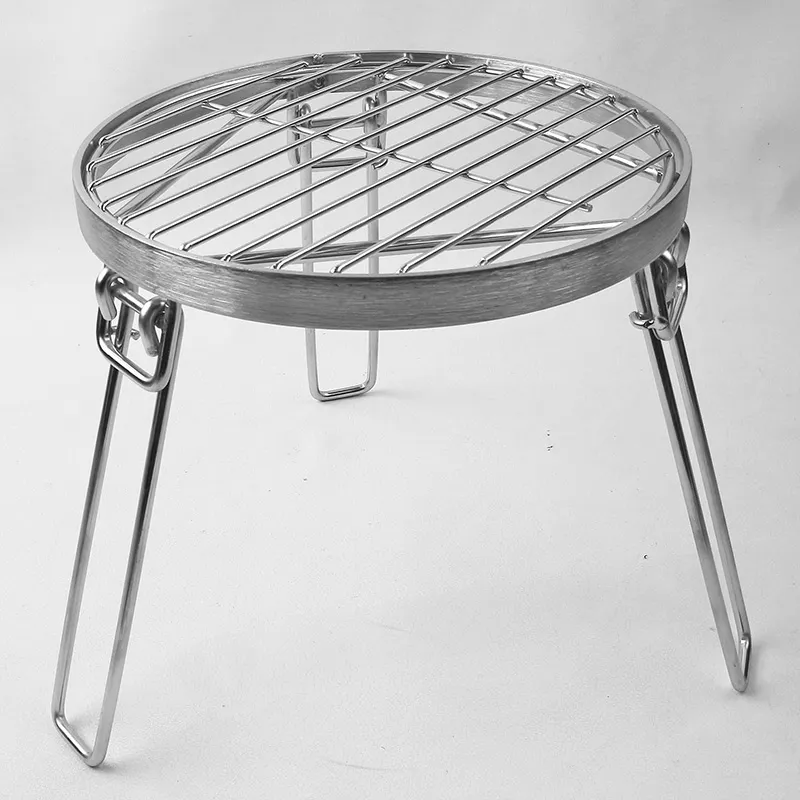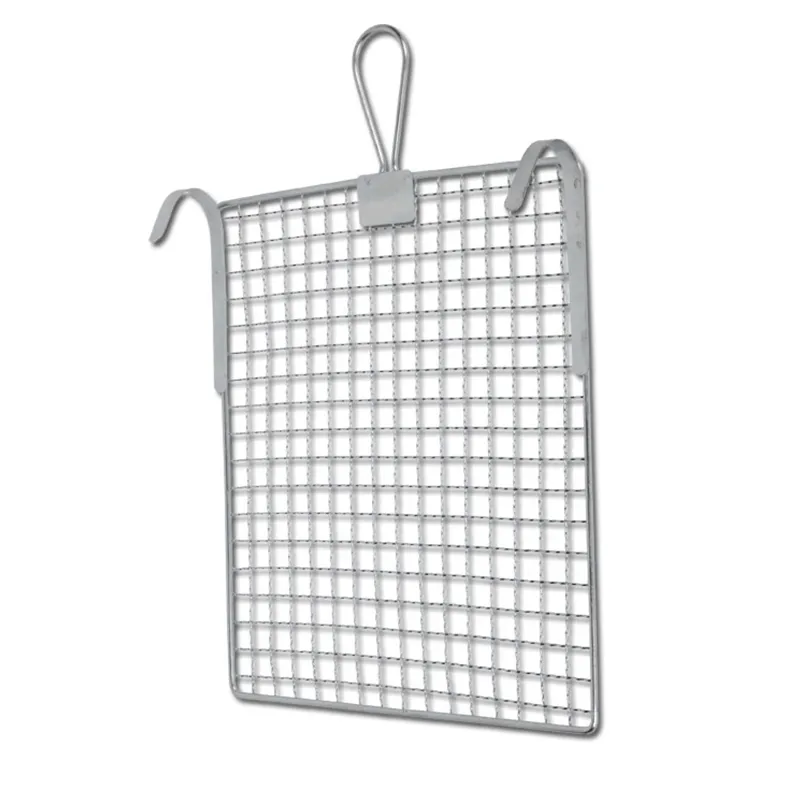Mineral fiber ceiling is a type of suspended ceiling system that is made from mineral wool fibers, typically derived from materials like volcanic rock or slag. The fibers are blended with binders and formed into tiles or planks, which can then be suspended from a grid system mounted to the ceiling.
Mineral fiber ceilings are often used in commercial or institutional buildings, such as offices, schools, hospitals, and retail spaces, because they offer a number of benefits. These ceilings provide excellent sound absorption and help to reduce noise levels in the space, making them a popular choice for buildings where noise reduction is a priority. Additionally, mineral fiber ceilings are fire-resistant, moisture-resistant, and can be designed to meet specific acoustic requirements.
Mineral fiber ceiling tiles come in a variety of sizes, thicknesses, and finishes, allowing for a range of design options. They can be painted or coated to match the surrounding decor, and some types of mineral fiber ceilings can also incorporate specialized features such as humidity resistance or mold resistance. Overall, mineral fiber ceilings are a durable, cost-effective, and versatile option for a wide range of commercial and institutional spaces.
A fire rated ceiling access door is a specifically designed entryway that is installed in ceilings to allow access to spaces such as HVAC systems, plumbing, and electrical wiring. What sets these doors apart is their ability to withstand high temperatures for a specified duration, usually rated in hours (e.g., one hour, two hours). This is crucial in commercial and industrial buildings where fire safety regulations are strict, and any breach in fire barriers must be effectively managed.
4. Compliance with Regulations These hatches meet strict building codes and standards, ensuring they are compliant with local and national fire safety regulations. This compliance is essential for obtaining necessary permits and for the overall safety of the building’s occupants.




